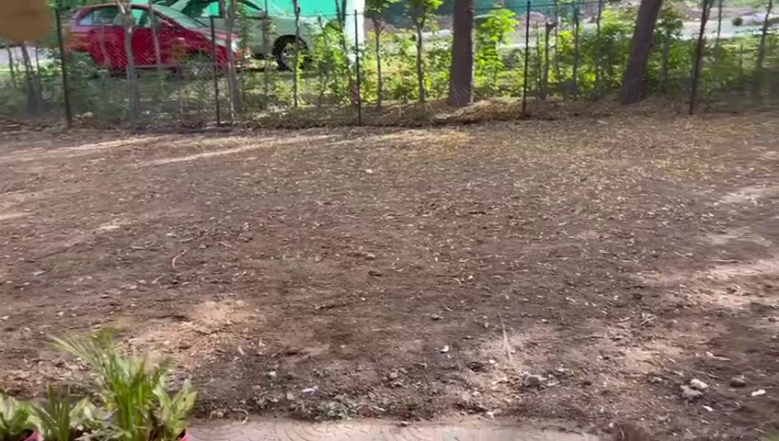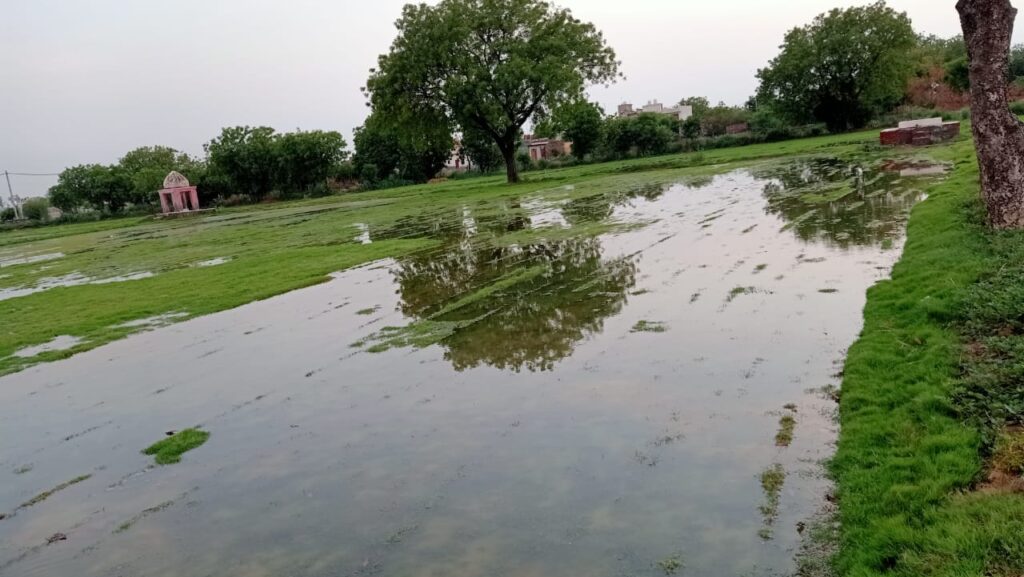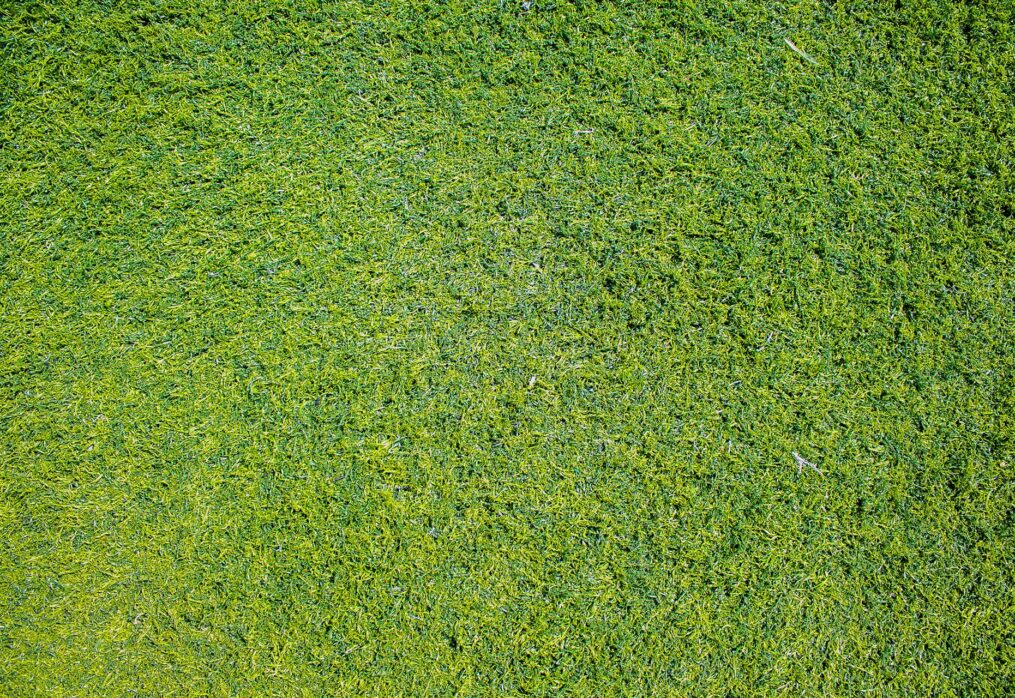How to Prevent Lawn Grass from Drying Out in the Summer
Keeping your lawn lush and green during the summer requires proper care to prevent lawn grass from drying and stop grass from turning brown under the scorching sun. One of the best ways to keep grass green during a heatwave is by following a strategic watering schedule for healthy grass in summer, ensuring deep and infrequent watering to encourage strong root growth. If you’re wondering, “How often should I water my lawn in summer?”, the answer depends on your soil type and local climate, but typically, watering early in the morning two to three times a week is ideal. Using the best irrigation methods for lawns in hot weather, such as drip irrigation or soaker hoses, can efficiently deliver moisture to the roots while minimizing evaporation.
Additionally, heat-resistant grass care techniques, like mowing at a higher setting and leaving grass clippings on the lawn, help protect grass from drought conditions. These summer lawn care tips will not only protect your lawn from heat but also ensure it stays healthy and vibrant. If you’re looking for lawn watering tips for summer heat or advice on how to prevent lawn grass from drying out in hot weather, implementing proper watering, shading, and soil care will significantly improve your lawn’s resilience.
Introduction
Summer brings long, sunny days, but it can also be a nightmare for your lawn. If you’ve ever noticed your grass turning brown or crispy, you’re not alone! High temperatures, lack of rain, and improper lawn care can quickly dry out your beautiful green lawn. But don’t worry—there are effective ways to keep your grass healthy and lush all summer long.
Understanding Why Lawn Grass Dries Out
Effects of High Temperatures
When temperatures soar, the moisture in the soil evaporates faster, leaving your grass struggling to stay hydrated. Without proper watering, your lawn may start wilting or developing brown patches.
Lack of Proper Watering
Many people either overwater or underwater their lawns. Too much water can lead to shallow root growth, while too little can cause the grass to dry out.
Soil Conditions and Drainage Issues
Compacted or sandy soil can cause water to drain too quickly, leaving your grass thirsty. Aerating the soil and adding organic matter can improve moisture retention.
Overexposure to Sunlight
Grass in direct sunlight all day is more prone to drying out than shaded areas. Using temporary shading techniques can help reduce stress on your lawn.
Best Practices to Keep Lawn Grass Green and Healthy
Proper Watering Techniques
Best Time to Water Your Lawn
The best time to water your lawn is early in the morning, between 6 AM and 10 AM. This allows the grass to absorb moisture before the sun gets too hot.
Deep Watering vs. Shallow Watering
Instead of frequent shallow watering, give your lawn a deep soak 2-3 times a week. This encourages deep root growth, making your grass more drought-resistant.
How Often Should You Water?
Your lawn needs about 1 to 1.5 inches of water per week. Use a rain gauge or place an empty can on the lawn to measure the amount of water received.
Choosing the Right Grass Type
Drought-Resistant Grass Varieties
Consider planting drought-tolerant grass like Bermuda, Zoysia, or Buffalo grass. These varieties need less water and stay green even in hot conditions.
Warm-Season vs. Cool-Season Grass
Warm-season grasses, such as Bermuda and St. Augustine, thrive in hot climates. If you have cool-season grass, it may need extra care to survive the summer.
Soil Health and Preparation
Importance of Soil Aeration
Aerating your lawn allows water, air, and nutrients to penetrate deep into the soil. This helps prevent dry, compacted soil.
Using Organic Compost and Mulch
Adding compost improves soil health, while mulch helps retain moisture and keeps the soil cool. Spread a thin layer of mulch around plants and lawn edges for added protection.
Mowing Techniques for Summer
Best Mowing Height for Hot Weather
Raise your mower blade to 3-4 inches. Taller grass provides more shade to the soil and reduces moisture loss.
How Often to Mow in Summer
Mow less frequently during extreme heat. Cutting too often can stress the grass, making it more vulnerable to drought.
Protecting Your Lawn from Extreme Heat
Using Shade and Wind Barriers
If possible, plant trees or install temporary shade cloths to protect your lawn from excessive sun exposure.
Applying Lawn Fertilizer for Strength
Use a slow-release fertilizer to provide essential nutrients without burning your grass. Avoid high-nitrogen fertilizers in peak summer heat.

Preventing Soil Compaction
Heavy foot traffic can compact the soil, making it harder for water to reach the roots. Aerate your lawn annually to keep it healthy.
Dealing with Lawn Stress and Damage
Identifying Signs of Heat Stress
Look for symptoms like wilting, brown spots, and footprints that don’t bounce back. These are signs that your lawn is struggling.
Recovery Techniques for Dry Grass
Water deeply, avoid mowing during heatwaves, and apply organic fertilizers to help your lawn recover.
How to Reseed and Revive Dead Patches
For severely damaged areas, reseeding or laying new sod can help restore your lawn. Choose heat-tolerant grass seeds for better results.
Common Mistakes to Avoid During Summer Lawn Care

Overwatering vs. Underwatering
Overwatering can cause fungal diseases while underwatering can dry out the roots. Find the right balance based on your grass type and climate.
Using the Wrong Type of Fertilizer
Avoid using quick-release fertilizers in summer, as they can burn your grass. Opt for organic or slow-release options.
Ignoring Pest and Weed Control
Weeds and pests compete with grass for nutrients and water. Use eco-friendly weed control methods and check for common lawn pests like grubs and chinch bugs.
Conclusion
A lush, green lawn in summer is possible with the right care. By watering wisely, choosing drought-resistant grass, maintaining soil health, and protecting against extreme heat, you can keep your lawn thriving all season long. Follow these simple steps, and you’ll enjoy a beautiful, stress-free lawn even in the hottest months!
FAQs
1. How do I know if my lawn is overwatered?
If you notice squishy soil, yellowing grass, or fungal growth, you might be overwatering your lawn.
2. What is the best time of day to water my lawn?
Early morning (6 AM to 10 AM) is the best time, as it allows the water to soak in before the sun evaporates it.
3. Can I use mulch to protect my lawn in summer?
Yes! Mulch helps retain soil moisture and keeps the temperature stable.
4. Should I fertilize my lawn during extreme heat?
Avoid fertilizing in extreme heat, as it can burn the grass. Use organic fertilizers sparingly.
5. How do I fix brown patches on my lawn?
Deep watering, aerating, and reseeding can help revive brown patches.
Last Updated on 8 months ago by Anjali Mehra Ph.D. in Horticulture (Punjab Agricultural University)
- How to Keep Your Gurgaon Lawn Green During Winters - November 15, 2025
- Fast-Growing Grass Types for Farms and Villas in Punjab - November 13, 2025
- Bermuda Grass vs Selection No.1 Grass — Gurgaon Buyers’ Guide - November 10, 2025
